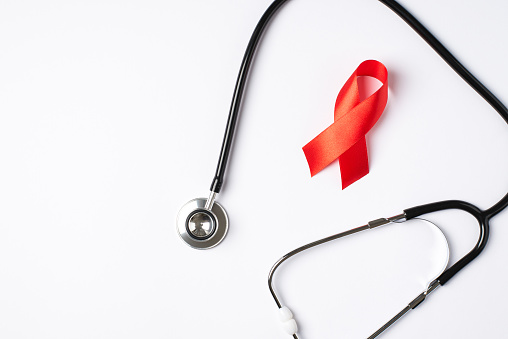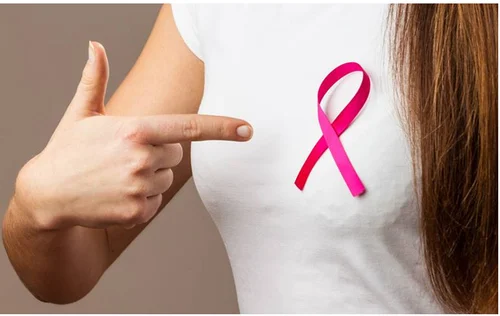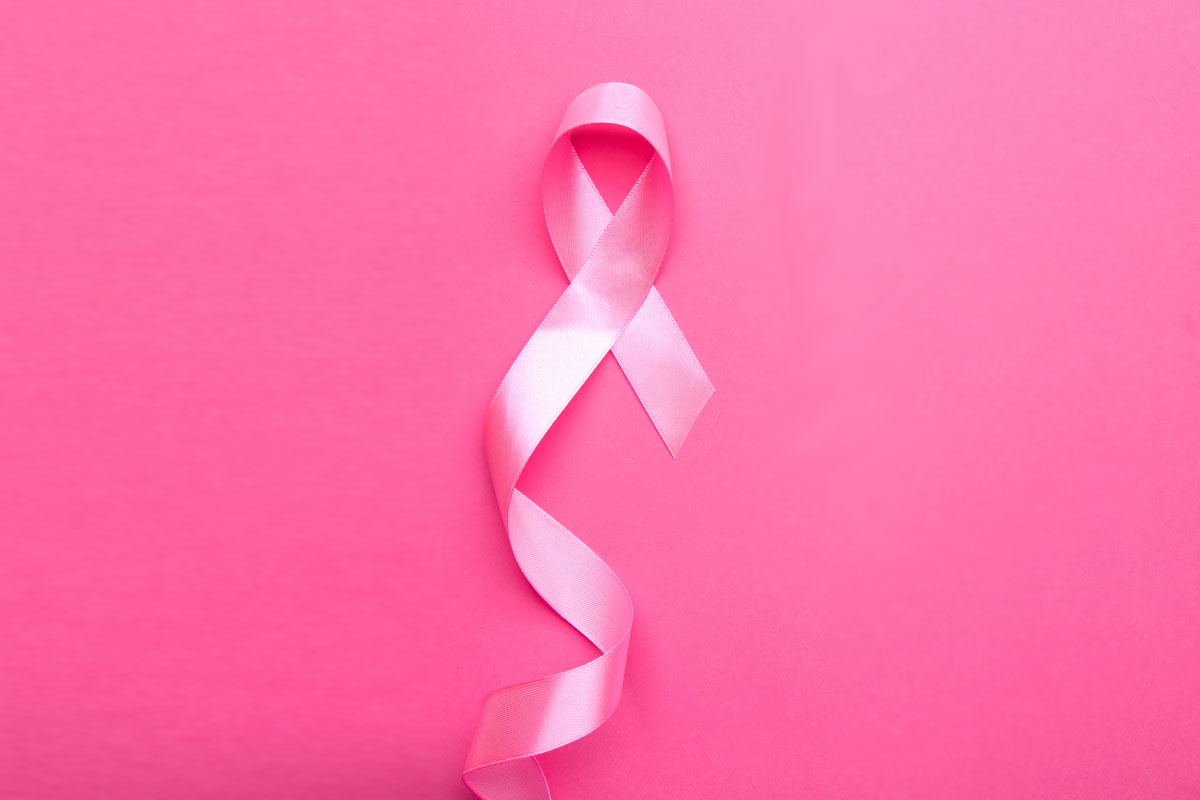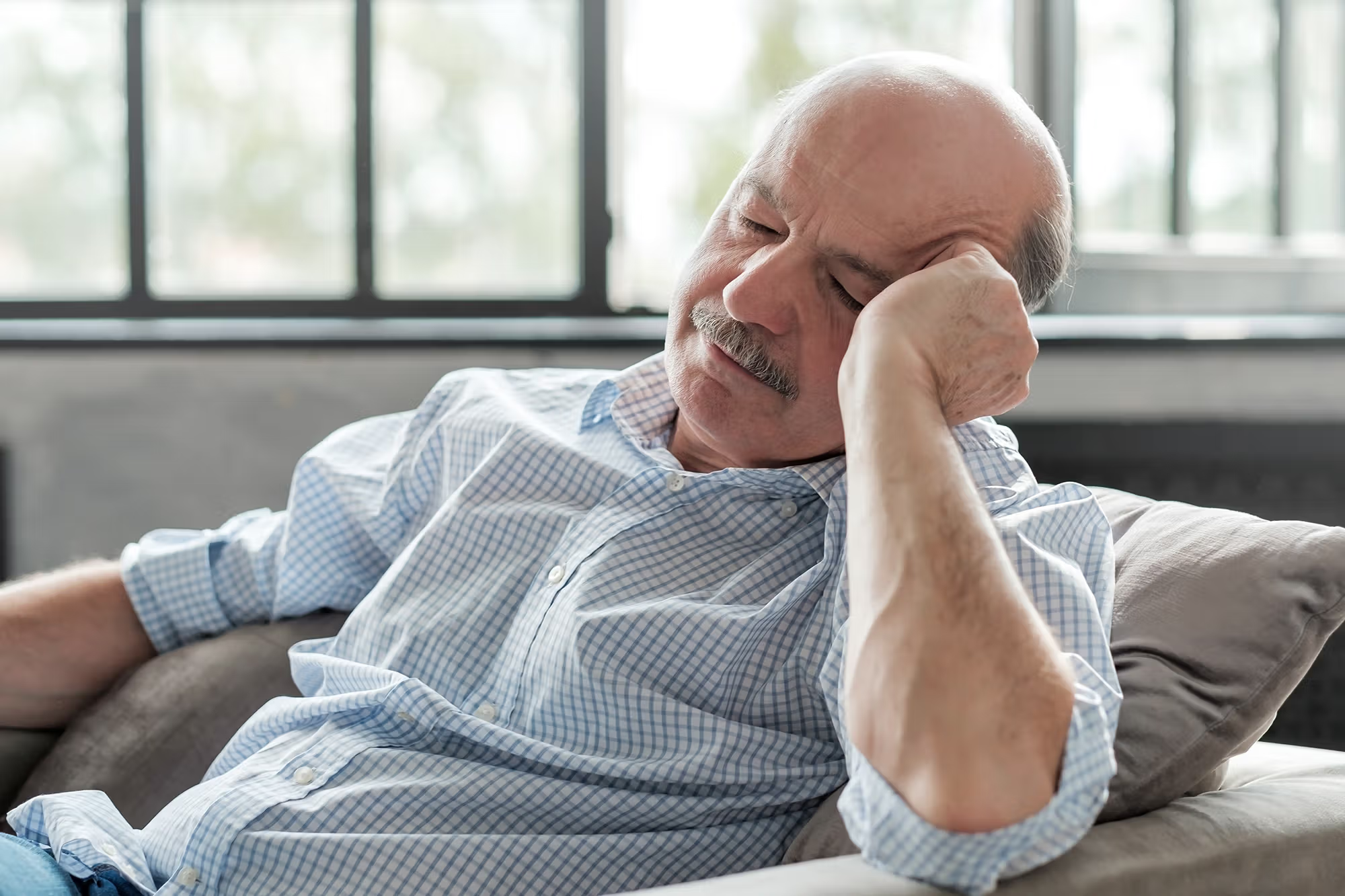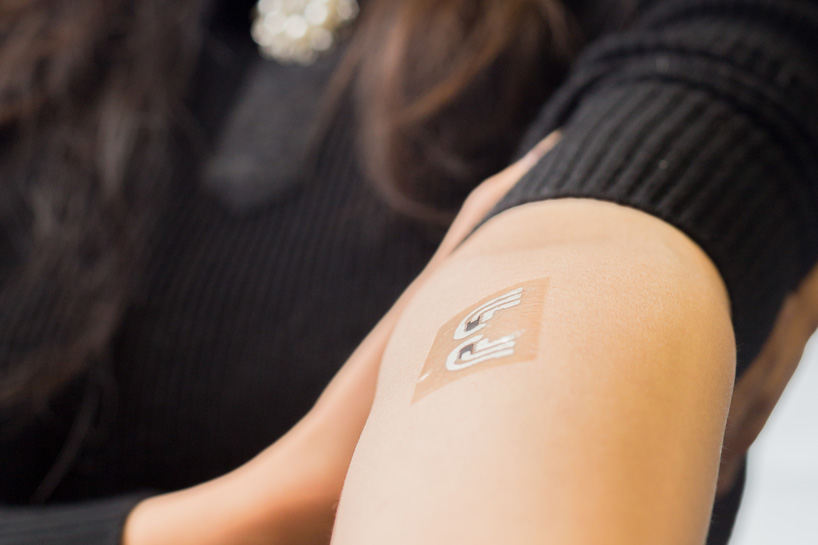
Plaque psoriasis, also known as psoriasis vulgaris, is the most common form of psoriasis, affecting about 80% of people with psoriasis. While the exact cause is unknown, certain risk factors, such as genetics and environmental influences, may increase the likelihood of developing the disease. Although there is no cure for plaque psoriasis, it can be effectively managed with proper care and treatment.
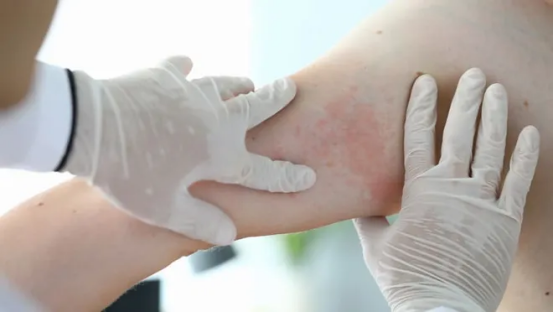
Common Symptoms
The main symptom of plaque psoriasis is dry, thick, raised areas on the skin that are often covered with silvery-white scales. These areas can be very itchy and uncomfortable. The severity, size, and appearance of the plaques vary from person to person, but common symptoms include:
- Red, inflamed skin with thick, scaly patches
- Itching or burning sensations
- Cracked skin that sometimes bleeds
- Symmetrical patches often appear on both sides of the body
Types of Plaque Psoriasis
Small plaque psoriasis:Small lesions, usually pink in color, with finer scales. These can merge to form larger plaques. This type is common in people over 40 and usually responds well to light therapy.
Large plaque psoriasis:Large, well-defined, red plaques with thick, silvery-white scales. It can be more difficult to treat and is associated with metabolic conditions such as high cholesterol or high blood pressure.
Stable plaque psoriasis:Also called chronic plaque psoriasis, this type lasts longer and often recurs in areas such as the elbows, knees, scalp, and trunk. The plaques tend to reflect on both sides of the body.
Unstable plaque psoriasis:The lesions change in shape and size over time and often merge into larger plaques. New plaques can also form, so treatment plans need to be adjusted as the disease progresses.
Scalp Psoriasis
When psoriasis affects the scalp, it can be particularly uncomfortable. Symptoms include:
- Red, thickened areas of skin covered with silvery scales
- Severe itching that may cause scratching and bleeding
- Flakes similar to dandruff
- Potential hair loss in severe cases
Treatment Options
Although there is no cure for plaque psoriasis, symptoms can be relieved with a variety of treatments:
Topical treatments:Creams and ointments help reduce inflammation and slow the production of skin cells. Apply immediately after showering for maximum absorption.
Phototherapy:Exposure to ultraviolet (UV) light under medical supervision can help relieve symptoms. However, avoid unprotected sun exposure as it increases your risk of skin cancer.
Tips for Dealing with Flare-Ups
- Moisturize daily:Keep your skin hydrated to reduce flaking and itching.
- Avoid triggers:Stress, smoking, and certain medications can make symptoms worse.
- Stay with your treatment:Even if your skin improves, follow your doctor's advice to prevent future flare-ups.
Disclaimer:This article is for informational purposes only and should not be considered medical advice. Always consult a doctor for diagnosis and treatment options.



